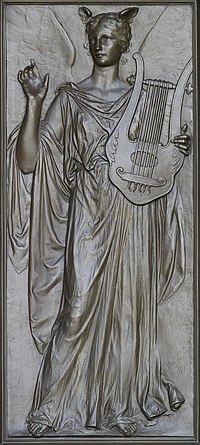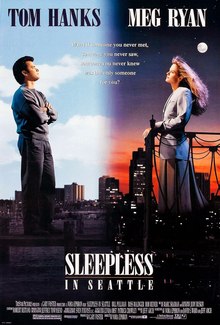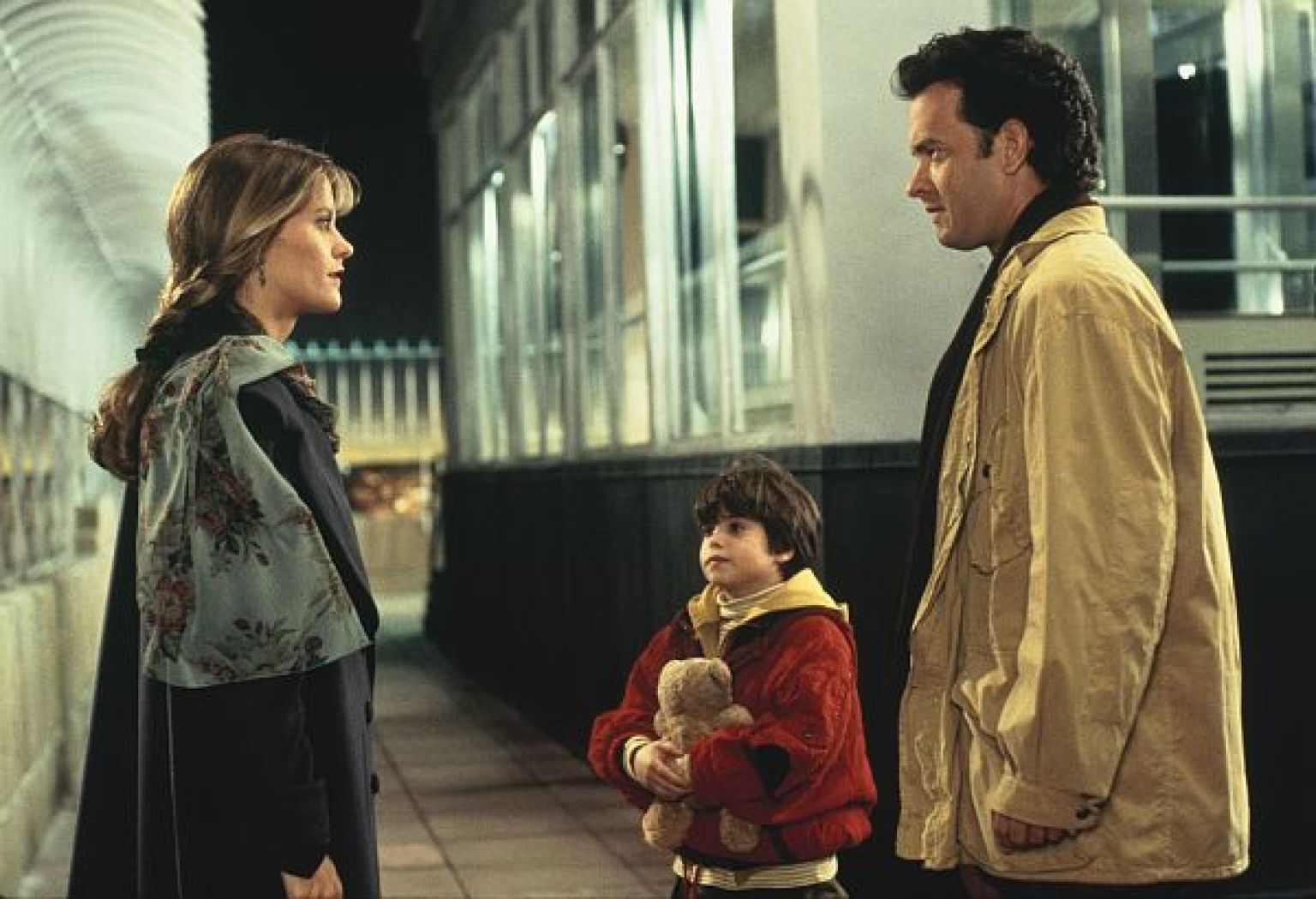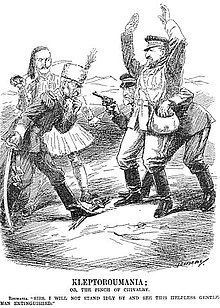Eternity
Eternity in common parlance is either an infinite or an indeterminately long period of time. In classical philosophy, however, eternity is defined as what exists outside time while sempiternity is the concept that corresponds to the colloquial definition of eternity.
Eternity is an important concept in many religions, where the God or the gods are said to endure eternally. Some, such as Aristotle, would say the same about the natural cosmos in regard to both past and future eternal duration, and like the eternal Platonic forms, immutability was considered essential.

Aristotle
Aristotle was an ancient Greek philosopher and scientist born in the city of Stagira, Chalkidice, on the northern periphery of Classical Greece. His father, Nicomachus, died when Aristotle was a child, whereafter Proxenus of Atarneus became his guardian.At seventeen or eighteen years of age, he joined Plato's Academy in Athens and remained there until the age of thirty-seven (c. 347 BC). His writings cover many subjects – including physics, biology, zoology, metaphysics, logic, ethics, aesthetics, poetry, theater, music, rhetoric, linguistics, politics and government – and constitute the first comprehensive system of Western philosophy. Shortly after Plato died, Aristotle left Athens and, at the request of Philip II of Macedon, tutored Alexander the Great beginning in 343 BC.

Imagination
Imagination, also called the faculty of imagining, is the creative ability to form images, ideas, and sensations in the mind from input of the senses, such as seeing or hearing. Imagination helps make knowledge applicable in solving problems and is fundamental to integrating experience and the learning process. A basic training for imagination is listening to storytelling (narrative), in which the exactness of the chosen words is the fundamental factor to "evoke worlds".
It is accepted as the innate ability and process of inventing partial or complete personal realms within the mind from elements derived from sense perceptions of the shared world. The term is technically used in psychology for the process of reviving in the mind, percepts of objects formerly given in sense perception. Since this use of the term conflicts with that of ordinary language, some psychologists have preferred to describe this process as "imaging" or "imagery" or to speak of it as "reproductive" as opposed to "productive" or "constructive" imagination. Constructive imagination is further divided into voluntary top-down imagination driven by the prefrontal cortex, that is called mental synthesis, and spontaneous bottom up involuntary generation of novel images that occurs during dreaming. Imagined images, both novel and recalled, are seen with the "mind's eye".

When Harry Met Sally…
When Harry Met Sally… is a 1989 American romantic comedy film written by Nora Ephron and directed by Rob Reiner. It stars Billy Crystal as Harry and Meg Ryan as Sally. The story follows the title characters from the time they meet just before sharing a cross-country drive, through twelve years or so of chance encounters in New York City. The film raises the question "Can men and women ever just be friends?" and advances many ideas about relationships that became household concepts, such as "high-maintenance" and the "transitional person".


website: https://www.youtube.com/watch?v=F-bsf2x-aeE
Nora Ephron
Nora Ephron was an American journalist, essayist, playwright, screenwriter, novelist, producer, director, and blogger.
Ephron is best known for her romantic comedies and was nominated three times for the Academy Award for Best Writing: for Silkwood, When Harry Met Sally..., and Sleepless in Seattle. She won a BAFTA Award for Best Original Screenplay for When Harry Met Sally.... She sometimes wrote with her sister Delia Ephron. Her last film was Julie & Julia. She also co-authored the Drama Desk Award–winning theatrical production Love, Loss, and What I Wore. In 2013, Ephron received a posthumous Tony Award nomination for Best Play for Lucky Guy.
In medias res
A narrative work beginning in medias res (Classical Latin: [ɪn mɛdiaːs reːs], lit. "into the middle things") opens in the midst of action (cf. ab ovo, ab initio). Often, exposition is by passed and filled in gradually, either through dialogue, flashbacks or description of past events. For example, Hamlet begins after the death of Hamlet's father. Characters make reference to King Hamlet's death without the plot's first establishment of said fact. Since the play focuses on Hamlet and the revenge itself more so than the motivation, Shakespeare utilizes in medias res to bypass superfluous exposition.

website: http://tvtropes.org/pmwiki/pmwiki.php/Main/InMediasRes
Kleenex
Kleenex is a brand name for a variety of paper-based products such as facial tissue, bathroom tissue, paper towels, tampons, and diapers. Often used as a genericized trademark for facial tissue, especially in the United States, the name Kleenex is a registered trademark of Kimberly-Clark Worldwide, Inc. Kleenex products are manufactured in 30 countries and sold in more than 170 countries. Kleenex brands include Cottonelle, Huggies, and VIVA.

Hyperbole
Hyperbole is the use of exaggeration as a rhetorical device or figure of speech. In rhetoric, it is also sometimes known as auxesis (lit. "growth"). In poetry and oratory, it emphasizes, evokes strong feelings, and creates strong impressions. As a figure of speech, it is usually not meant to be taken literally.
Examples of hyperbole
Paraphrase
A paraphrase /ˈpærəfreɪz/ is a restatement of the meaning of a text or passage using other words. The term itself is derived via Latinparaphrasis from Greek παράφρασις, meaning "additional manner of expression". The act of paraphrasing is also called "paraphrasis".
A paraphrase typically explains or clarifies the text that is being paraphrased. For example, "The signal was red" might be paraphrased as "The train was not allowed to pass because the signal was red". A paraphrase is usually introduced with verbum dicendi—a declaratory expression to signal the transition to the paraphrase. For example, in "The signal was red, that is, the train was not allowed to proceed," the that is signals the paraphrase that follows.
Paradise
Parody
A parody is a work created to imitate, make fun of, or comment on an original work—its subject, author, style, or some other target—by means of satiric or ironic imitation. As the literary theorist Linda Hutcheon puts it, "parody … is imitation, not always at the expense of the parodied text." Another critic, Simon Dentith, defines parody as "any cultural practice which provides a relatively polemical allusive imitation of another cultural production or practice."Parody may be found in art or culture, including literature, music (although "parody" in music has an earlier, somewhat different meaning than for other art forms), animation, gaming, and film.




Epiphany
An epiphany (from the ancient Greek ἐπιφάνεια, epiphaneia, "manifestation, striking appearance") is an experience of sudden and striking realisation. Generally the term is used to describe scientific breakthrough, religious or philosophical discoveries, but it can apply in any situation in which an enlightening realization allows a problem or situation to be understood from a new and deeper perspective. Epiphanies are studied by psychologists and other scholars, particularly those attempting to study the process of innovation.
An Affair to Remember
An Affair to Remember is a 1957 American romance film starring Cary Grant and Deborah Kerr, directed by Leo McCarey and filmed in CinemaScope and DeLuxe Color. It was distributed by 20th Century Fox. The film is considered one of the most romantic movies of all time, according to the American Film Institute. The film was a remake of McCarey's 1939 film Love Affair, starring Irene Dunne and Charles Boyer.


website: https://www.youtube.com/watch?v=KFWwFfRvClM
Sleepless in Seattle
Sleepless in Seattle is a 1993 American romantic comedy-drama film directed and co-written by Nora Ephron, based on a story by Jeff Arch. It stars Tom Hanks and Meg Ryan, alongside a supporting cast featuring Bill Pullman, Ross Malinger, Rob Reiner, Rosie O'Donnell, Gaby Hoffmann, Victor Garber, and Rita Wilson. The film was a critical and commercial success, grossing over $220 million worldwide.



website: https://www.youtube.com/watch?v=qeY1mkXqKgk
Compact Cassette
The Compact Cassette or Musicassette (MC), also commonly called cassette tape, audio cassette, or simply tape or cassette, is an analog magnetic tape recording format for audio recording and playback. It was released by Philips in 1962, having been developed in Hasselt, Belgium. Compact cassettes come in two forms, either already containing content as a pre-recorded cassette, or as a fully recordable "blank" cassette. It was designed originally for dictation machines, but improvements in fidelity led the Compact Cassette to supplant the Stereo 8-track cartridge and reel-to-reel tape recording in most non-professional applications. Its uses ranged from portable audio to home recording to data storage for early microcomputers. The first cassette player (although mono) designed for use in car dashes was introduced in 1968. Between the early 1970s and the early 2000s, the cassette was one of the two most common formats for prerecorded music, first alongside the LP record and later the compact disc (CD).

Pun
The pun, also called paronomasia, is a form of word play that exploits multiple meanings of a term, or of similar-sounding words, for an intended humorous or rhetorical effect. These ambiguities can arise from the intentional use of homophonic, homographic, metonymic, or figurative language. A pun differs from a malapropism in that a malapropism is an incorrect variation on a correct expression, while a pun involves expressions with multiple correct interpretations. Puns may be regarded as in-jokes or idiomatic constructions, as their usage and meaning are specific to a particular language and its culture.


The Grasshopper and the Bell Cricket
The narrator stumbles upon a group of children at night hunting for insects. They each carry a homemade self-styled lantern (often made from an empty carton). As he watched, one boy claims to have found a grasshopper. He stirs up excitement with the other children asking who wants the grasshopper. A girl asks for it and he reaches into the bush and grabs hold of it. When he pulls it out and offers it to the girl, she states that it is a bell cricket. When they both lean closer to look at it with their lanterns, the boy's name, which is part of the stencil on the lantern is projected onto the girl's breast while the girl's name which is part of the stencil of her lantern is projected onto the boy's wrist. The narrator observes this instance and muses on the nature of their future relationships and the ideas around meeting grasshoppers who are really bell crickets and vice versa.

Yasunari Kawabata
Yasunari Kawabata (川端 康成 Kawabata Yasunari, 11 June 1899 – 16 April 1972) was a Japanese novelist and short story writer whose spare, lyrical, subtly-shaded prose works won him the Nobel Prize for Literature in 1968, the first Japanese author to receive the award. His works have enjoyed broad international appeal and are still widely read.

沒有留言:
張貼留言